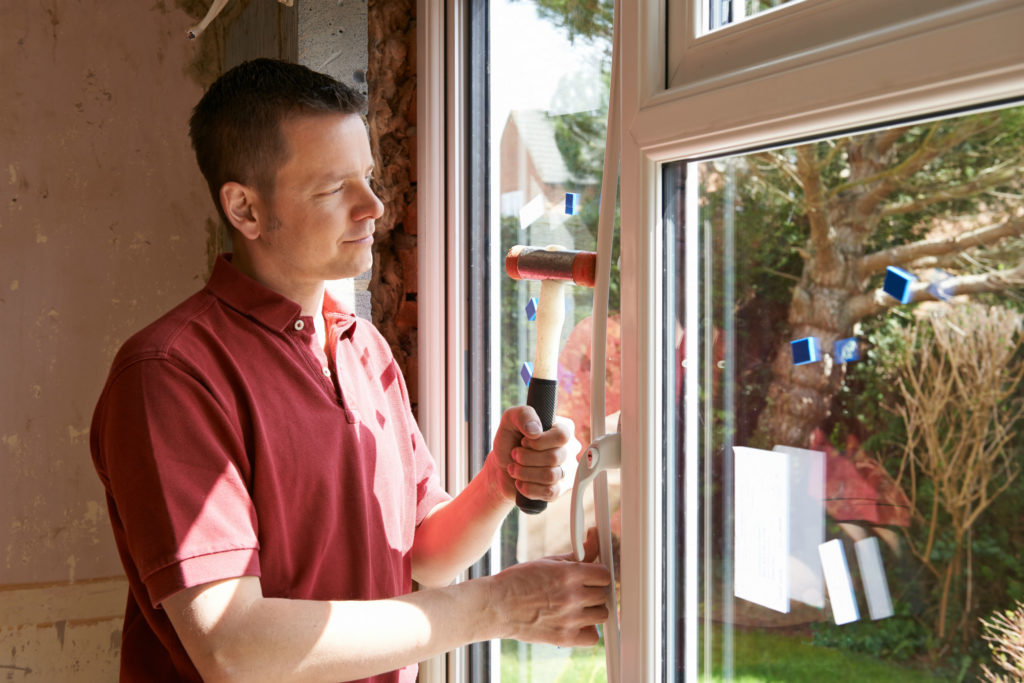Winter drafts and summer heat reduce indoor comfort and contribute to high utility bills. Energy-efficient windows help bring energy costs down to size. There are four elements to consider when choosing energy efficient windows: framing, glass composition, design and proper installation.

Frame Options
Window frames are available in four different materials: vinyl, wood, fiberglass or composite and wood clad aluminum. Each material has both pros and cons:
- Vinyl: Vinyl is typically the least expensive material and is virtually maintenance free. However, vinyl frames are only available in light colors because dark colors absorb excessive heat from the sun, which causes them to warp.
- Wood: Wood is only slightly more expensive than vinyl and can take any stain or paint color. Preservation requirements may also require wood frames. However, wood requires diligent maintenance to prevent splitting, cracking and other damage.
- Fiberglass or Composite: Fiberglass or composite window frames are more expensive than either wood or vinyl. However, fiberglass can be painted any color, unlike vinyl, and is more durable than wood. Fiberglass can also be treated with a faux woodgrain finish.
- Wood Clad Aluminum: Wood clad aluminum window frames are typically the most expensive and may not be suitable for areas where saltwater is prevalent. However, they are maintenance free and the wood cladding can be stained almost any color.
The type of frame you use will depend on your needs, your wants and your location.
Window Glass Composition
Single pane windows are the least energy efficient. Double-pane windows are more energy efficient than single paned windows, especially windows filled with inert argon or krypton gas between the panes, which are harmless to humans. Triple-paned windows are even more energy efficient.
U-value refers to the rate at which windows conduct heat flow from non-solar sources. Lower U-Values translate to higher energy efficiency. Solar Heat Gain Coefficient (SHGC) is the amount of solar energy absorbed through windows, translated into heat and released into interior spaces. A lower SHGC translates into less heat being released into interior spaces.
Window Design
Window design also contributes or detracts from energy efficiency. Double-hung, casement and picture windows represent three common types of window design:
- Double-Hung Windows: With double-hung windows, both the upper and lower sashes slide vertically. They typically have higher air leakage than other window designs.
- Casement Windows: Casement windows are hinged on the sides. They typically have lower air leakage rates than windows that slide vertically.
- Picture Windows: Properly hung picture windows are airtight. However, because they don’t open, picture windows are not suitable for spaces that require ventilation.
The type of design you choose will rely on your home and your needs.
Proper Installation
The most energy-efficient windows in the world won’t do the job if they are improperly installed. Precise measuring and proper sealing with caulk or nails are necessary to eliminate hot and cold drafts from occurring. Proper installation also minimizes damage to your windows from the elements.